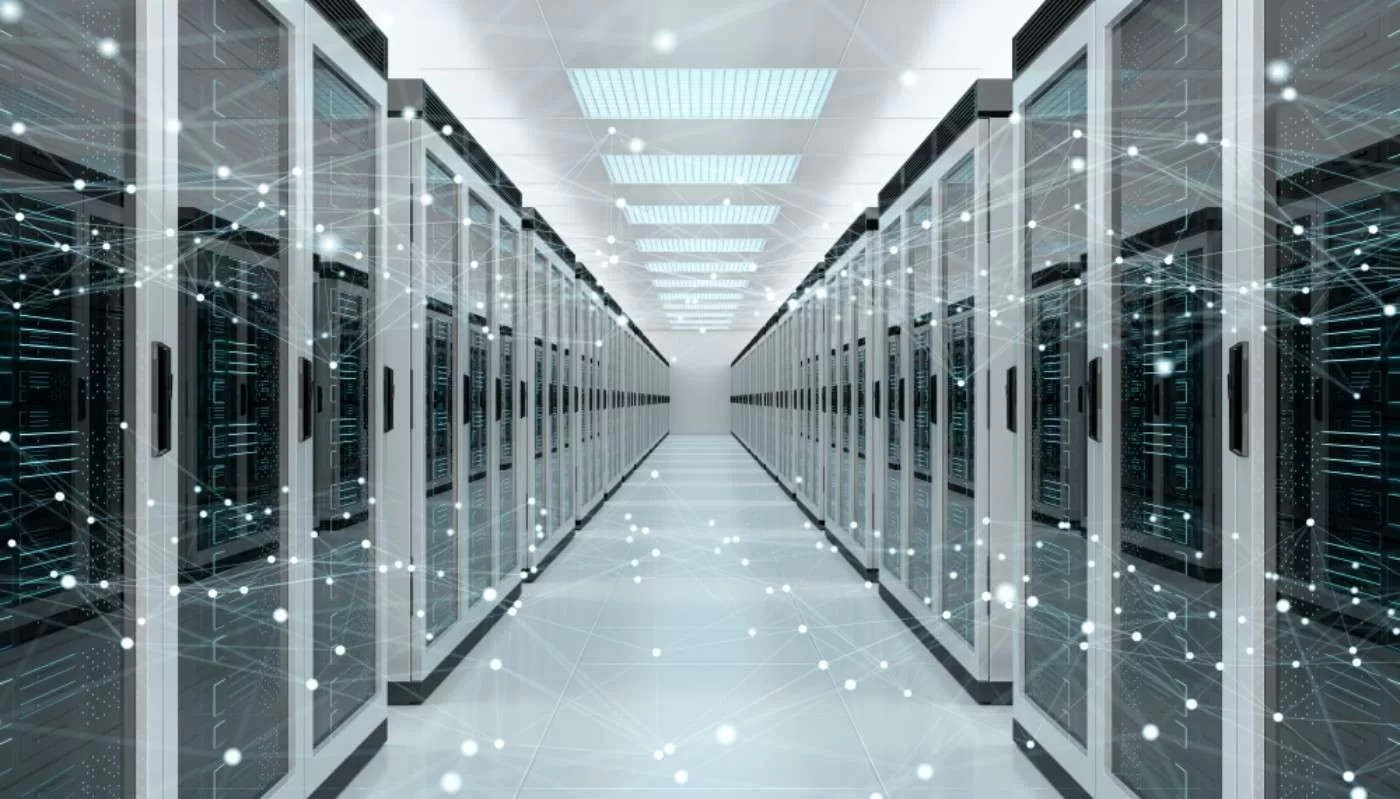Project Stargate, the ambitious $500 billion AI infrastructure initiative by OpenAI, Oracle, and SoftBank, has moved past earlier internal friction and is progressing toward its goals. While initial disagreements and a brief period of uncertainty in mid-2025 led to reports of the project being scaled back, subsequent announcements have confirmed a renewed commitment and significant expansion.
Reports in July 2025 detailed friction between SoftBank and OpenAI regarding the project’s scope, strategy, and site selection, causing a temporary stall in immediate construction plans.
However, the partners quickly affirmed their commitment, and the project has accelerated since:
In September 2025, the consortium announced five new US data center sites, putting the overall plan back on track for the projected 10 gigawatts of capacity.
SoftBank’s CFO acknowledged that forming consensus in a multi-party venture takes time but reiterated the firm’s dedication to the project.
In November 2025, SoftBank sold all of its remaining Nvidia shares to reallocate funds for its $30 billion investment into OpenAI’s data center initiative, demonstrating a strong, ongoing financial commitment.
The project is now actively expanding across the US and globally, with multiple sites operational or under development, moving forward with its original ambitious vision to reshape global AI infrastructure.
Why Was the Stargate Project Launched?
The Stargate Project was revealed in January, just one day after President Trump’s inauguration. It was promoted as a critical national investment to accelerate the U.S. lead in AI, secure economic benefits, and create high-value jobs. The initial pledge included an immediate $100 billion investment, with follow-up phases expected to reach $500 billion over four years.
According to OpenAI’s statement at the time, Stargate would help reindustrialize America by building world-leading AI computing infrastructure. Oracle, Arm, NVIDIA, Microsoft, and Abu Dhabi’s MGX fund were among the strategic and financial backers.
Project Hurdles: Location and Energy Supply Disputes
Key to Stargate’s success was the development of massive data centers powered by a mix of renewable and non-renewable sources through SB Energy, a SoftBank-backed energy company. Disagreements about the scale of the sites and the reliability of energy supply caused delays.
While SoftBank and OpenAI aligned on the vision, insiders report persistent clashes over operational decisions. SoftBank turned to Mizuho Bank for a $3 billion loan to adjust its funding plan as the original financing structure unraveled.
The flagship facility is located in Abilene, Texas, known internally as “Project Ludicrous.” This primary data center campus operates on Oracle Cloud Infrastructure (OCI) and began receiving Nvidia GB200 server racks in mid-2025. It has already started supporting early AI training and inference workloads for OpenAI’s research.
In addition to the flagship, five other U.S. data center sites have been announced, each at varying stages of development:
Shackelford County, Texas — developed by Oracle and OpenAI.
Doña Ana County, New Mexico — developed by Oracle and OpenAI.
Port Washington, Wisconsin (initially undisclosed Midwest location) — developed by Oracle and OpenAI.
Lordstown, Ohio — developed by SoftBank and OpenAI, featuring SoftBank’s advanced data center design in partnership with Foxconn.
Milam County, Texas — developed by SoftBank and OpenAI, with power infrastructure support from SB Energy.
Together, these sites represent a strategic effort to build cutting-edge, power-dense AI computing capacity to support the next generation of artificial intelligence applications.
Project Stargate has expanded beyond the US. While initially launched as a US-focused initiative to secure American AI leadership, international sites are now in development. These international projects are part of OpenAI’s “OpenAI for Countries” program, which works with allied governments to build AI infrastructure around the world.
Global Sites
The Project extends globally through international sites in the United Arab Emirates (UAE), Norway, the United Kingdom (UK), India, and Argentina. In the UAE, a 1-gigawatt AI infrastructure cluster is being built in Abu Dhabi. Norway will feature an AI data center powered by renewable hydropower. The UK is developing sovereign AI compute capacity in partnership with NVIDIA and Nscale. India is reportedly planning a 1-gigawatt AI data center as part of a major Asian expansion. Lastly, a data center is being developed in Argentina’s Patagonia region through a deal with energy firm Sur Energy.

OpenAI and Oracle Move Ahead Independently
While Stargate stalled, OpenAI independently struck a $30 billion annual infrastructure deal with Oracle to rent 4.5 GW of data center capacity, boosting its AI training power to near the initial Stargate goal. OpenAI also signed additional capacity contracts with CoreWeave, bringing its total closer to 5 GW for 2025.
Oracle, meanwhile, is aggressively pushing its own AI data center strategy. Larry Ellison, Oracle’s co-founder and CTO, announced that the company is building a 1.2 GW Stargate data center in Abilene, Texas, using Crusoe’s technology and powered by approximately 400,000 NVIDIA GB200 chips.
The Bigger Picture: America’s AI Race with China
The Stargate Project is part of a broader geopolitical push by the U.S. to outpace China in advanced AI. Trump’s administration declared a national energy emergency on day one, cutting regulatory red tape for oil, gas, and mineral extraction vital to AI chip manufacturing. The project’s original sites spanned Texas, Michigan, Wisconsin, Wyoming, New Mexico, Georgia, Ohio, and Pennsylvania.
Despite the scale-back, OpenAI continues to deepen ties with key technology partners including Microsoft, NVIDIA, Cisco, and UAE’s G42 to build future computing capacity for AGI (artificial general intelligence) development. Anthropic is also joining the U.S. AI data center race with a new $50 billion investment announced in November 2025.
What’s Next for Stargate?
SoftBank and OpenAI stress they are not abandoning the project entirely. The Ohio data center marks a scaled but strategic starting point. Site assessments for other states continue, but no clear timeline has been announced for additional large campuses.
The core mission—building world-class AI computing infrastructure in America—remains, but for now, the companies must rebuild trust and secure operational agreements to move beyond Ohio.
Quick Factsheet: Stargate Project
- Initial Budget: $500 billion over 4 years
- Launch Date: January 2025
- Lead Partners: SoftBank (financial), OpenAI (operational)
- Key Tech Partners: Oracle, NVIDIA, Microsoft, Arm, MGX Fund
- Planned Jobs: Over 100,000
- First Site: Ohio data center, operational by year-end
- Other Potential Sites: Texas, Michigan, Wisconsin, Wyoming, New Mexico, Georgia, Pennsylvania
- Key Suppliers: SB Energy, Crusoe, CoreWeave
- Main Goal: Build next-generation AI data centers to support AGI and maintain U.S. leadership in AI
- Geopolitical Context: Supports U.S. push to outpace China in AI and secure critical mineral supply chains

